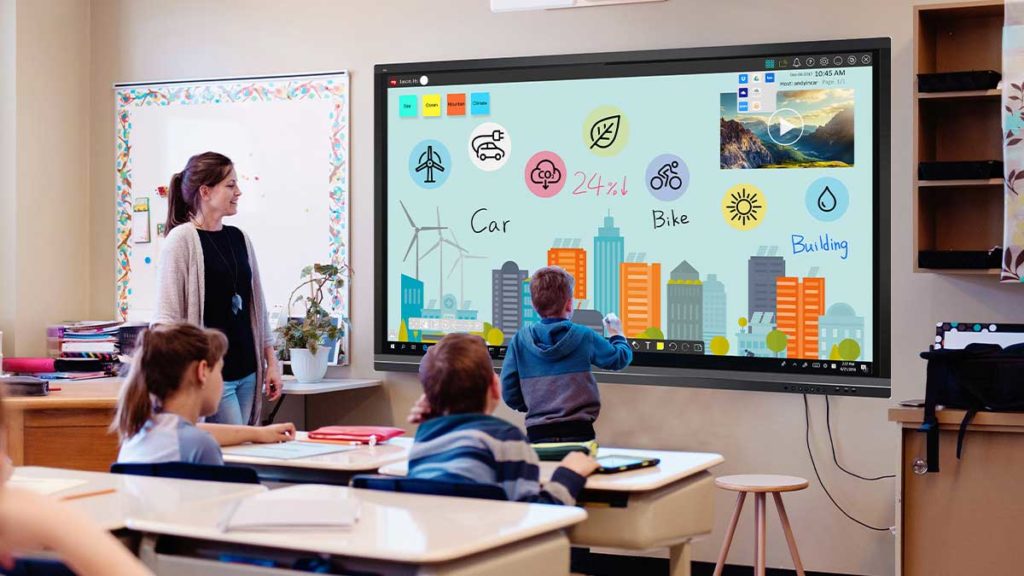Thank you learning pod #7 for allowing me to review your Interactive Learning Resource, I hope you like my suggestions! It is very well done and I had to read it over a few times until I found some weaknesses. I would have loved if my school implemented a program like this when I was in highschool.
Learning Pod: # 7
Peers’ Names: Eryn Wade, Sten Petersen, Nikolai Treskin, Aiden Bamford, Brayden Kells
Interactive Learning Resource Topic: Fueling the Future: A High School Physical and Mental Health and Wellness Program
Identify components of the Interactive Learning Resource that might be missing (e.g., appropriate outcomes, alignment, interactivity, inclusivity, technology use and rationale, presentation, grammar, spelling, citations, etc.).
- Has all components necessary for an Interactive Learning Resource – overview, learning design, learning theory, learning context, rationale, learning outcomes and ends with assessment, technology and inclusion of diverse learners. In your learning context, perhaps restate, and elaborate more on the ages that this program is targeted toward (i.e. is it for high school students of all ages, grades 8-12?, 9-12?, just older students grades 11-12?) and state how long this program goes on for (does it last one semester? All year? Just one month?)
- For the interactive activity on Nutrition when students create a meal plan, perhaps adding as second activity that students can choose between would be beneficial. Food can be a touchy subject for some individuals and those suffering from eating disorders may have a difficult time with reading food labels, reading about what they ideally should be eating and sharing with others what they plan to eat. Also, lower income students may not have access to many of the types of food in the Canada food guide so it will not be practical for them to create a meal plan that is unrealistic for them to follow. Perhaps adding a choice of the meal plan activity, or one other activity in this section would make it more accessible and comfortable for diverse students.
- I like that assessment is primarily based on participation and understanding through own interpretation (clearly executes experiential learning design – applying course material), however grading on effort and participation could be clearer. Perhaps a rubric on what each activity will be marked out of could be helpful. When students receive their feedback based on (1) effort/thought (2) competency and (3) participation, perhaps adding what these will each be marked out of could be beneficial. For example, each of these components will be marked out of 5, with an overall mark out of 15 for each activity.
- When you say “small groups” for the interactive activities, how many people exactly in each group? Do they get to pick their own groups?
- Add the resource links used for your interactive activity on nutrition to your reference list.
- Missing a learning outcome for exercise component. The slide is there, (slide #16) but no text is written.
Provide a summary of The Interactive Learning Resource’s strengths and weaknesses. Draw out specific examples from your peers’ work to justify your feedback.
Strengths:
- Constructivism and experiential learning approach very strong – states what these are based on what we learned in class, and how it will be applied in your learning context.
- Has a learning outcome presented after each subtopic, not only for the whole lesson which is strong in showing students and instructors what is expected from each component of this lesson, not just overall.
- Incorporates a holistic approach to health. Successfully focusses on all aspects of health with a dynamic approach. I think strength lies specifically with the inclusion of stress, sleeping and mindfulness. It appears that many schools lack these other aspects of health and focus primarily on physical health.
- Information presented in straightforward, informative manner, information is clear, no grammar or spelling mistakes.
- Multiple interactive activities so students are able to stay engaged and apply knowledge all throughout the program and be assessed after each topic (not just at the end)
Weaknesses:
- Could include examples of interactive activities that have been done before, interactive videos, outside resources to make more engaging.
- Some activities may be difficult for diverse learners to complete – although they may be accommodated to access the material and understand the lesson, some diverse learners may not necessarily be able to complete all activities.
- Does not incorporate many different types of technology that we learned about in class to be beneficial to learners.
Provide general, specific, and practical recommendations to your peers on how to improve their Interactive Learning Resource.
Overall, your Interactive Learning Resource has all the main components necessary for most learners to succeed. It is well designed and engaging, yet straightforward to work through. Some minor clarification could be beneficial in some areas (i.e., how many students in each group, clearer on how participation/effort is being assessed, etc.) Explanations on health and sources used are very good. Clearly incorporates some course material. The lesson is well designed so that diverse learners can access it, however I think that your interactive activities could use some improvement on accommodating to diverse learners. The interactive activities that you have are beneficial in applying the information from the program, allowing the learning to stick. However, I would recommend allowing students to pick one of two activities to complete for each interactive activity, to make it more accessible to all types of learners.
Link to resource:
https://docs.google.com/presentation/d/13PzycT8ggMBD5gx-lF33Fj9bWn9WI4RRs_Gc5EcYc3g/edit?usp=sharing


Recent Comments